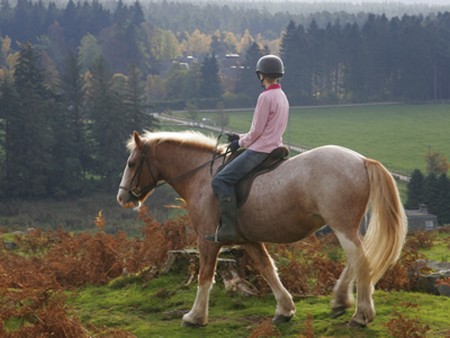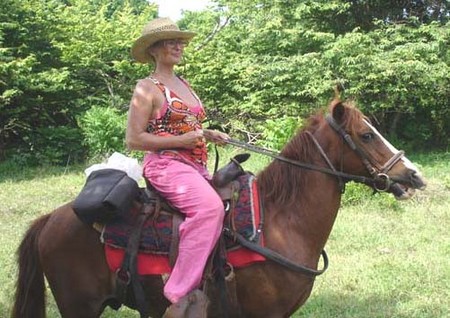A good-quality transition occurs when the horse changes its pace either upward or downward in a precise and calm manner. This is achieved through the rider’s technique and depends on their ability to prepare the horse’s mindset and way of going before asking for the change. Saddle pads like these can help ensure proper comfort and support during transitions, promoting better movement. Proper fit and padding help reduce distractions or discomfort, allowing the horse to focus on the task at hand. If asked to make a transition without warning, the horse will naturally be surprised and either overreact by jumping forward too quickly, or not react at all. Therefore, the key to achieving a calm transition is the preparation. For horseback riding Smith Mountain Lake call Slocum Appaloosa Ranch.
Preparing the pace
A transition is only as good as the quality of the horse’s pace or way of going before it. Therefore, when preparing to ride a transition, you must ensure that the current pace is forward, active and soft. To achieve this, you must have a light contact on the reins from the hands to the horse’s mouth.

Holding this contact with your hands while playing with the bit slightly by squeezing with the fingers will invite the horse to soften its mouth and lower its head. Pressing your lower legs lightly and regularly against the horse’s sides will ask it to move its body forward and in a rounded and active manner. Done together, these two actions encourage the horse to work forward and into the contact as well as it possibly can.
Forewarning the horse
As transitions are all about preparation, it is necessary to warn the horse that a transition is coming up by balancing and steadying it correctly. This is achieved by riding half-halts. There are several ways to ride the half-halt but a useful one is to sit up very straight in the saddle and then attempt, literally, to suck the horse up inside your body, starting from your knees and working upward toward your chest. Hold this position for no more than five seconds. Each time you do this, the horse should check itself and readjust its pace. What you are doing is warning the horse that something is about to happen and it is responding by balancing its body and becoming slightly more collected in order to react promptly to your next command.
Making the transition
With the horse going forward and listening to you in this manner, it is easier for it to perform a transition. To ask the horse for a downward transition to the next pace, simply yield a little with your hands and squeeze firmly with your lower legs; to ask for a downward transition, hold the reins firmly with your hands and squeeze with the lower legs so that the horse knows to drop actively to a lower pace.

Different types of transitions
- Progressive transitions-from walk to trot or trot to canter.
- Direct transitions—from walk to canter.
- Transitions within a pace-from a working trot to a collected trot, or lengthened strides during a medium walk.